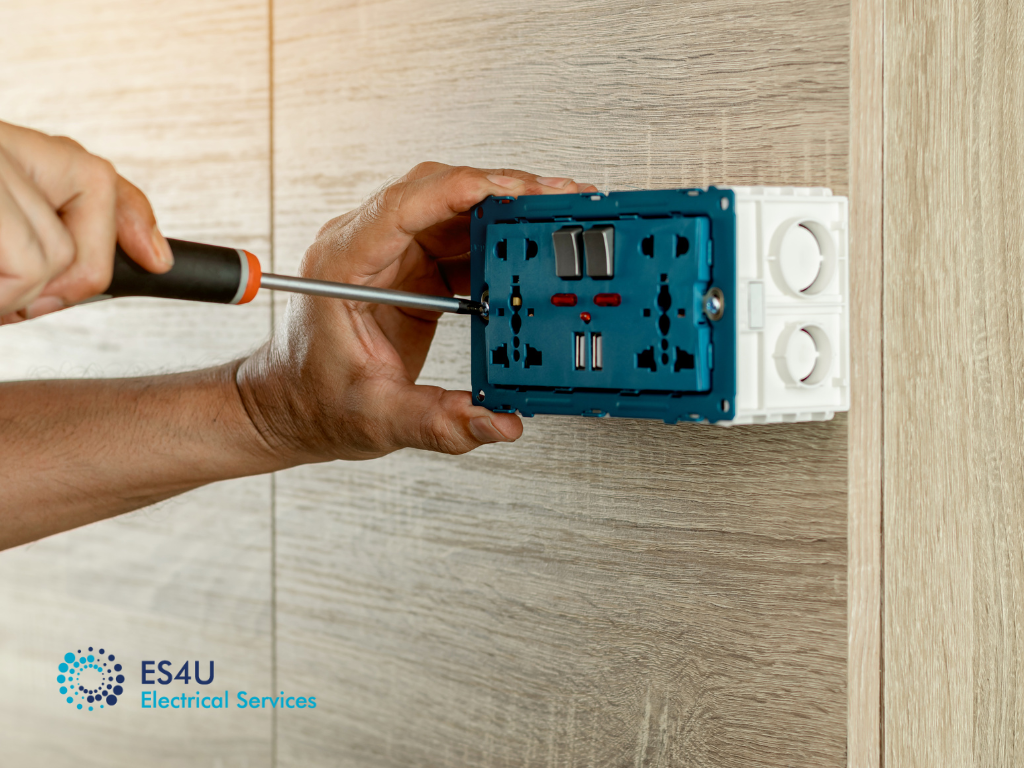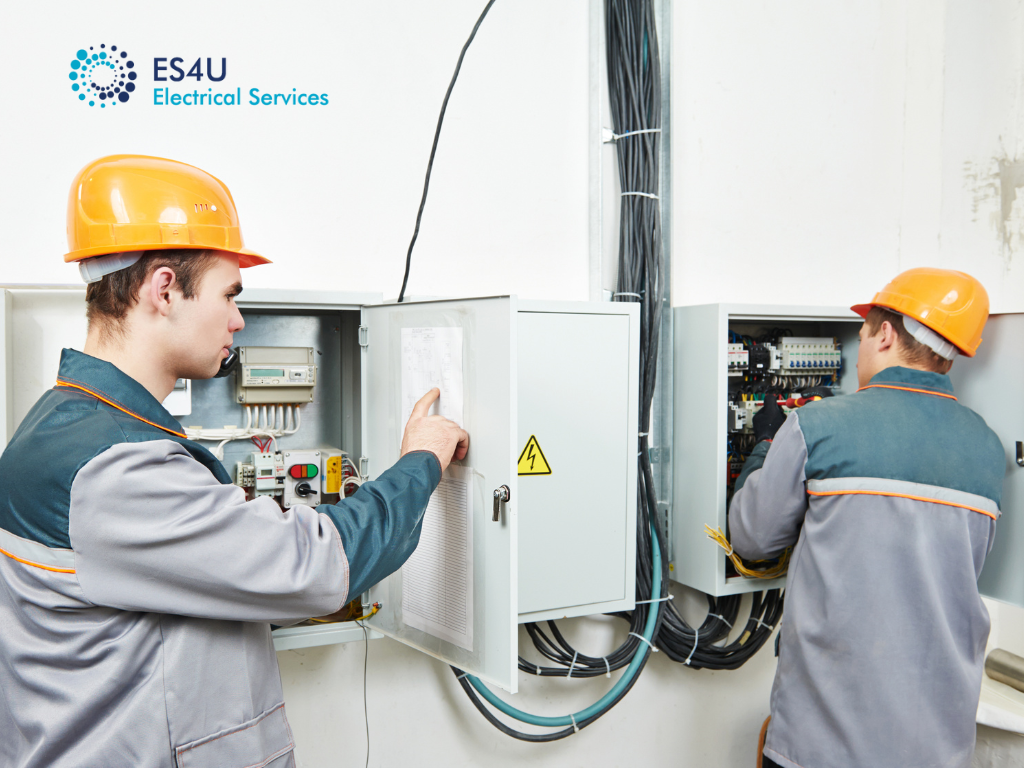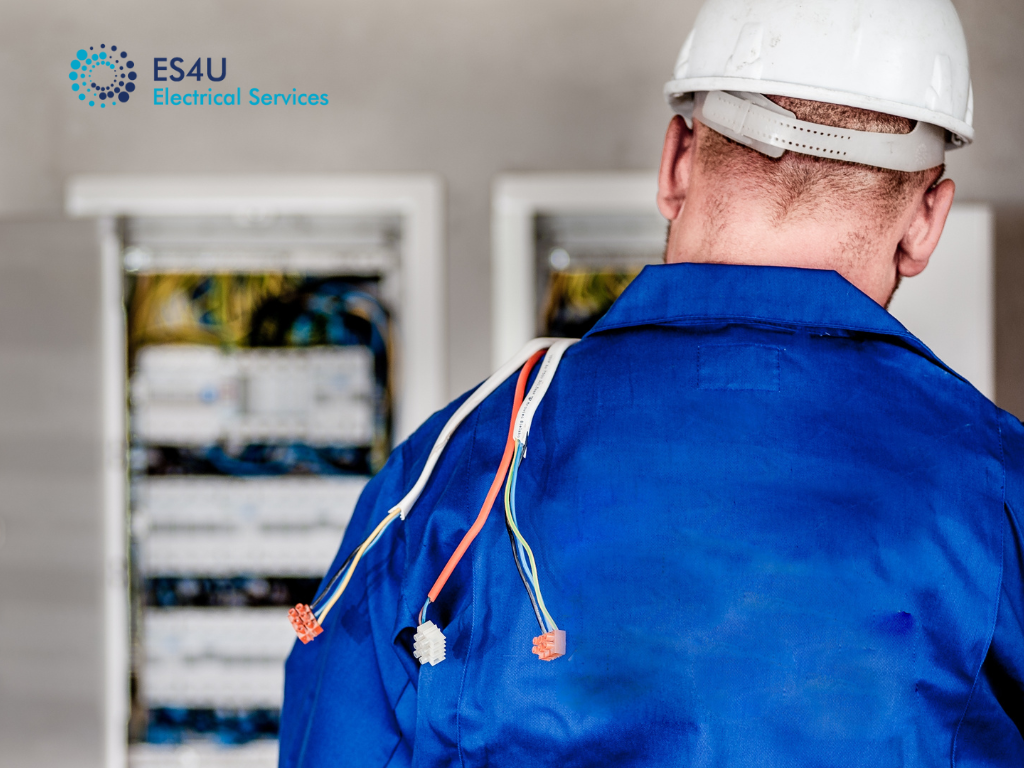
Retrofitting or upgrading electrical systems in commercial properties is crucial for several reasons. Older systems may not only be less efficient but can also pose safety risks or fail to comply with current electrical standards and regulations. Upgrading can reduce energy consumption, lower electricity costs, and improve the reliability of electrical service. Additionally, modern electrical systems can better support the latest technology and equipment used in today’s business operations.
What Role Do Sydney Commercial Electricians Play in Modernizing Electrical Infrastructure?
Commercial electricians near me are key players in the process of modernizing electrical infrastructure. They bring expertise in the latest technologies and compliance requirements, ensuring that upgrades not only enhance efficiency but also meet all legal safety standards. These professionals conduct detailed assessments of existing systems, design modern solutions tailored to specific business needs, and implement these solutions with minimal disruption to daily operations.
Assessing the Need for Electrical Retrofitting and Upgrades

How to Determine If Your Business Needs an Electrical Retrofit or Upgrade?
Determining the need for an electrical retrofit or upgrade involves evaluating the age of your existing system, its current performance, and the demands of your business operations. Signs such as frequent circuit breaker trips, flickering lights, outdated fuse boxes, or higher than expected energy bills can all indicate that your system requires an upgrade. Consulting a professional sydney commercial electrician can provide a detailed assessment and identify any underlying issues.
What Signs Indicate That Your Current Electrical System Is Outdated?
Signs of an outdated electrical system include insufficient power capacity to handle modern high-demand appliances, recurring electrical issues, and non-compliance with current electrical codes. Additionally, if your system still relies on old technology such as knob and tube wiring, or if modifications have been made piecemeal rather than systematically, it is likely time for an upgrade.
Benefits of Retrofitting Electrical Systems
What Are the Key Benefits of Retrofitting Older Electrical Systems in Commercial Buildings?
Retrofitting offers significant benefits, including improved energy efficiency and reduced operating costs, enhanced electrical safety, and increased property value. It also allows businesses to integrate renewable energy solutions and smart technologies, making systems more adaptable to future innovations and demands.
How Can Upgrades Improve Operational Efficiency and Safety?
Upgrades to electrical systems enhance operational efficiency by reducing downtime caused by electrical failures and improving the overall power quality, which is crucial for the longevity and reliability of electronic equipment. Safety is also greatly enhanced by replacing hazardous components like old wiring and by installing modern circuit breakers that provide better fault protection.
Planning and Implementing Electrical Retrofits

What Steps Are Involved in Planning an Effective Electrical Retrofit?
Planning an effective electrical retrofit involves a thorough inspection of the existing system, identification of all potential issues, and understanding the specific requirements of the business. This phase includes deciding on the extent of the retrofit, whether partial or complete, and prioritizing tasks based on urgency and budget.
How Do Commercial Electricians Ensure Seamless Implementation?
Commercial electricians ensure seamless implementation of electrical retrofits by coordinating closely with business operations to minimize downtime. They use high-quality materials and adhere to strict safety standards throughout the process. Effective project management, including detailed scheduling and resource allocation, allows electricians to complete the retrofit efficiently and with minimal disruption to the business.
Latest Technologies in Electrical Systems
What Are the Newest Technologies Being Integrated into Commercial Electrical Systems?
The commercial electrical landscape is rapidly evolving with the introduction of new technologies that not only enhance operational efficiency but also contribute to environmental sustainability. Key innovations include smart energy systems, LED lighting with advanced controls, energy management software, and the integration of renewable energy sources like solar panels. Additionally, IoT (Internet of Things) technology is being increasingly used to monitor and manage electrical systems remotely, allowing for real-time adjustments that optimize energy usage and maintenance.
How Can These Technologies Enhance Business Operations and Sustainability?
These cutting-edge technologies can significantly enhance business operations by reducing energy costs, improving system reliability, and extending the lifespan of electrical components through better management and maintenance practices. From a sustainability perspective, the use of renewable energy sources and energy-efficient fixtures lowers the carbon footprint of businesses, while smart systems ensure that energy is used only when and where it is needed, reducing overall consumption.
Compliance and Safety Standards in Retrofitting

What Compliance Issues Must Be Considered During Electrical Retrofitting?
Electrical retrofitting in Sydney must comply with the National Electrical and Communications Association standards and the Wiring Rules set by the Australian Standards (AS/NZS 3000). Compliance with these standards ensures that electrical installations are safe, efficient, and capable of meeting current and future demands. It’s also essential to adhere to local building codes and regulations, which may have specific requirements regarding electrical systems in commercial buildings.
How Do Sydney Commercial Electricians Ensure Safety During and After Upgrades?
Sydney commercial electricians ensure safety by strictly adhering to industry best practices and regulatory requirements throughout the retrofitting process. This includes conducting comprehensive risk assessments before beginning work, using only approved materials and equipment, and performing detailed testing and inspection after installation to ensure everything operates correctly. Continuous training and staying updated with the latest electrical codes also play a crucial role in maintaining high safety standards.
Cost Considerations and ROI
What Are the Typical Costs Associated with Electrical Retrofitting?
The costs of electrical retrofitting can vary widely depending on the scope of the project, the age and condition of the existing electrical system, and the specific technologies being implemented. Basic upgrades like replacing outdated lighting with LED alternatives may be relatively inexpensive, whereas integrating a complete smart energy system or solar panels will involve a higher initial investment.
How to Evaluate the Return on Investment from an Electrical Upgrade?
To evaluate the return on investment (ROI) from an electrical upgrade, consider both the direct and indirect benefits. Direct benefits include reduced energy costs and lower maintenance expenses, which can be quantified by comparing bills before and after the upgrade. Indirect benefits might include improved employee productivity due to better lighting and environmental conditions, enhanced safety, and a boost in corporate reputation through sustainability initiatives. Calculating the ROI involves assessing these savings against the initial and ongoing costs of the upgrade over its expected lifespan.
Choosing the Right Sydney Commercial Electrician for Retrofitting Projects

What Criteria Should Be Used to Select a Commercial Electrician for Retrofitting Projects?
Selecting the right commercial electrician for retrofitting projects is vital to ensure the success of your upgrade. Key criteria to consider include:
- Licensing and Certification: Confirm that the electrician is fully licensed and certified under New South Wales regulations, which guarantees they meet the required professional standards.
- Experience: Look for electricians with specific experience in retrofitting commercial electrical systems. Check their portfolio of completed projects to assess their expertise.
- Reputation: Research their reputation through reviews and testimonials from previous clients. A reliable electrician should have a track record of satisfied customers.
- Communication and Service: Choose an electrician who communicates clearly and effectively, providing detailed explanations of the work needed and listening to your specific requirements.
Why Is Local Experience Important in Choosing an Electrician in Sydney?
Local experience is crucial when choosing an electrician in Sydney due to the specific regulations and standards that vary by location. Local electricians are more likely to be familiar with Sydney’s unique compliance requirements and will have established relationships with local suppliers and other contractors. This can lead to smoother project execution and potential cost savings. Additionally, local electricians can provide better ongoing support and faster response times for any follow-up service or emergency repairs.
Conclusion
Partnering with a qualified commercial electrician in Sydney offers long-term advantages such as enhanced electrical safety, improved energy efficiency, and compliance with current regulations. This partnership can also provide your business with strategic advice on ongoing electrical maintenance and future upgrades that can further improve operational efficiency. Establishing a good working relationship with a trusted electrician ensures that your business’s electrical needs will be competently handled, allowing you to focus more on other aspects of your operations.